碧桂园十里银滩学校 | PYP In a Foreign Language
I question, I think, I understand

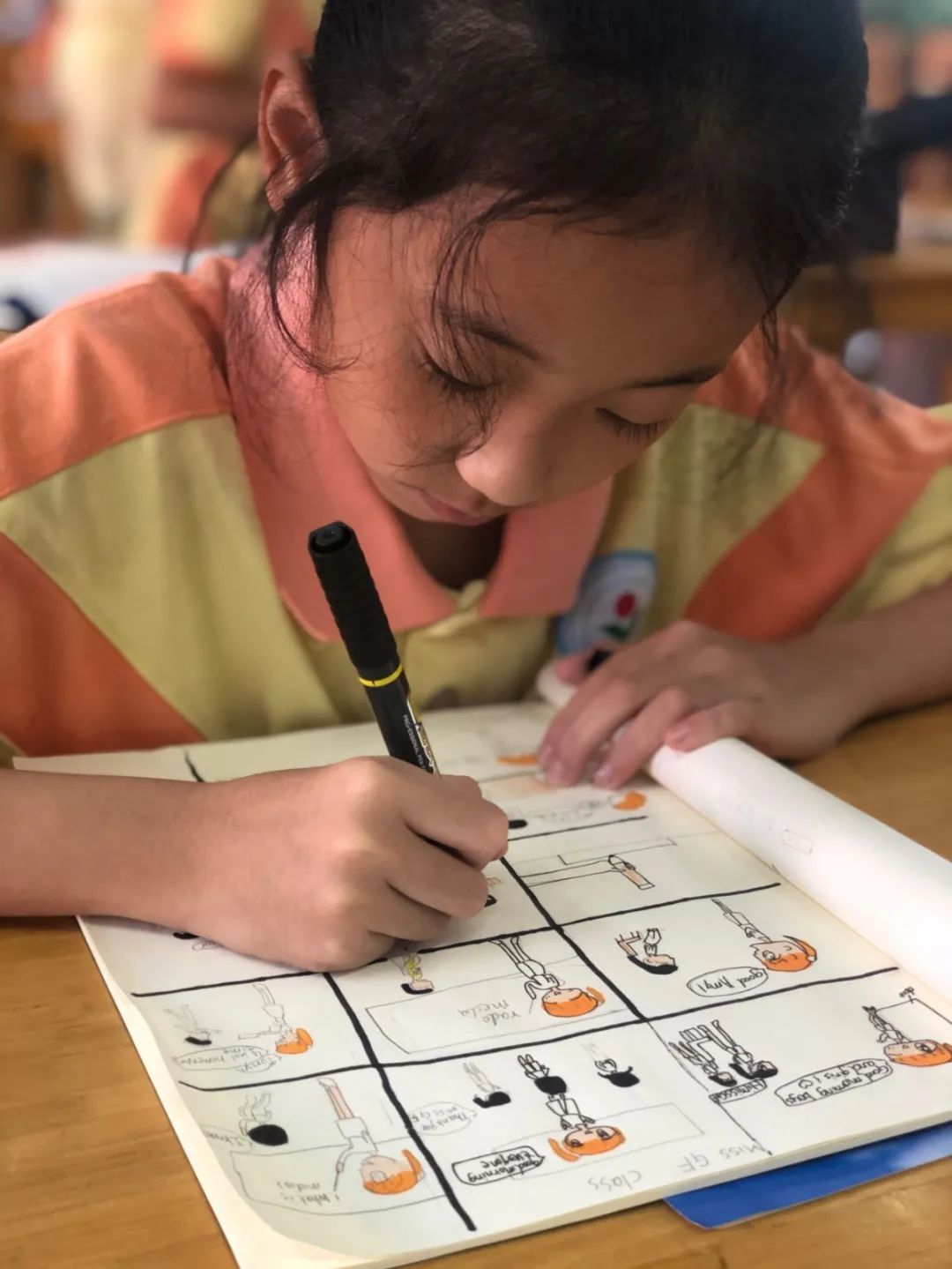
The Primary Years Programme (PYP) in a foreign language starts with a simple question that needs inquiring. Learning is deeply rooted in profound thinking and thinking is inspired by questions. Inquiry involves questions, questions lead to knowledge, knowledge leads to the generation of further applications of knowledge to everyday life situations. When applying this to teaching and learning a foreign language, we employ the same inquiry technique to enhance the acquisition of vocabulary, to explore the grammatical structures, to engage in the negotiation of meaning and to discover the embedded cultural essence.
Then you ask, how can we get students to inquire in the target language when they aren’t equipped with substantial linguistic knowledge? The answer is simply an extensive exposure to the target language. Within the learning environment, if lessons are well structured, students at different language proficiency levels and ages can be engaged in inquiry-based learning while acquiring the foreign language. Good questions not only provide exciting and challenging content to explore, but they also allow discovery, reflection and creativity to enhance skills, attitudes and concepts to facilitate learning and future learning transfers. Engulfing learners in the target language through structure allows learners to recall, use and create within that target language.

When inquiring in a foreign language we use strategies that ensure a well-structured class environment that provides the following:
1. Prior knowledge Using techniques such as K-W-L charts, CSIW diagrams, word walls, mind maps etc. you can investigate what students already know and what they want to know. Using these methods allows a process of reflection at a later stage where students can return to this and reflect on what they have learnt.
2. Scope and sequence A scope and sequence allow educators to provide students with vocabulary and a grammar guide for each inquiry topic. Students are then made aware of the target language they are expected to master at the end of the topic. This does not mean they cannot inquire without the vocabulary, it facilitates students to use the target language for communication and to refine their language.
3. Recall, use and create A process used such as recall, use and create. Students are equipped with the knowledge, enabling them to recall it then moving on to use of the knowledge in everyday occurrences and finally using the knowledge to create. Applying this to the target language would be presenting the language to the students, asking students to use the target language and finally the students creating in the target language.
4. Question Walls For knowledge to be gained, questions must be asked and answered. The need to model how to form questions is essential. Using question words and different types of questions, students can learn to inquire and discover information and knowledge.
5. Authentic assessment Assessment should allow students to demonstrate and express their understanding and use of the language in context. Verbal presentation on situational problems allows students to engage in the learning process.
There are many strategies which promote learning a foreign language through inquiry. Inquiry-based learning promotes collaboration, communication and interaction both in a class and in the planning phase for educators.
“I hear I forget, I see I remember, I do I understand” - Confucius. Inquiry learning can be attributed to this wise Chinese proverb.
▼▼▼
Grade 1 (Miss Iman)



Grade 2 (Miss Iman/Miss North)


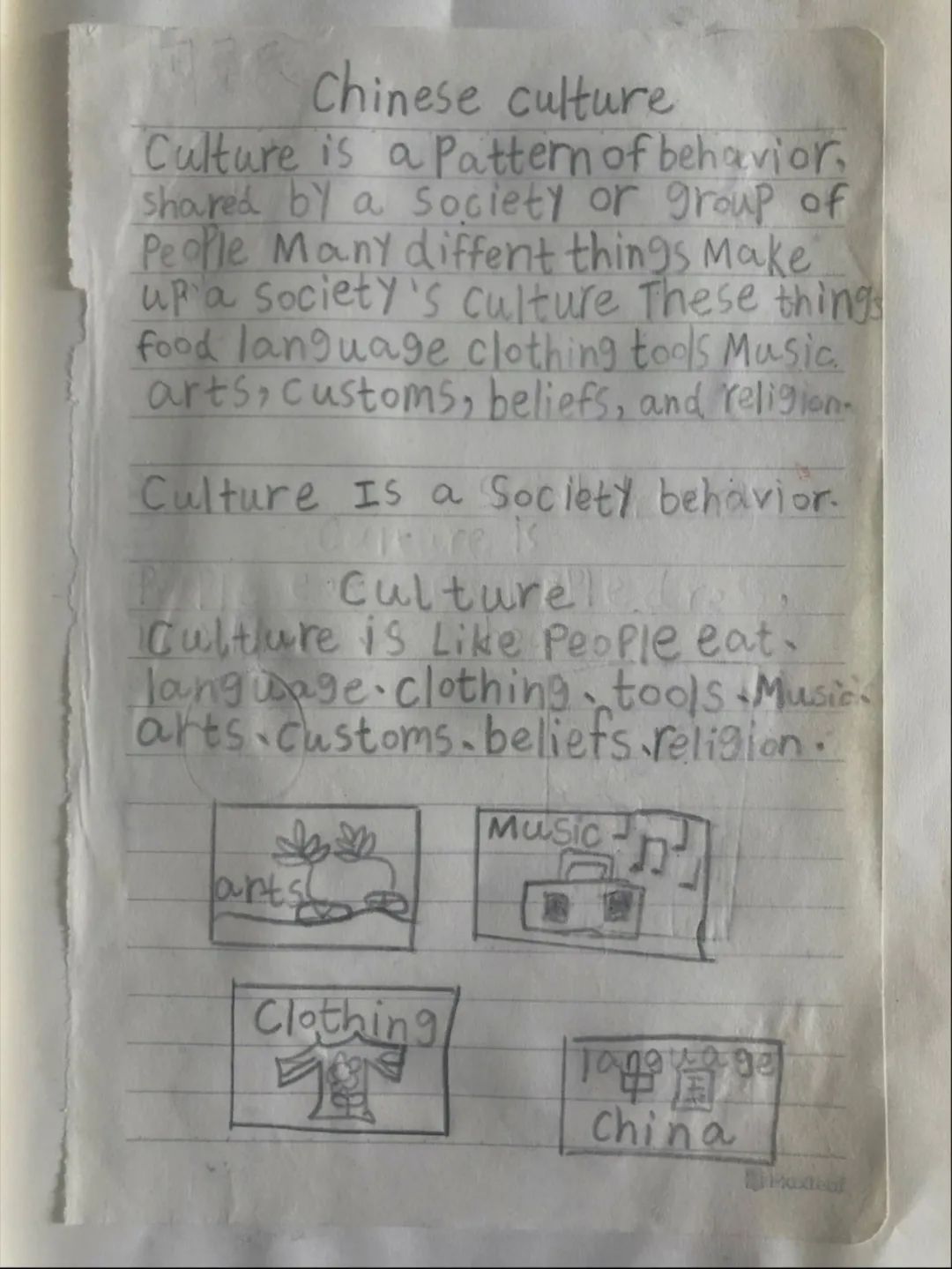


Grade 3 (Miss North)
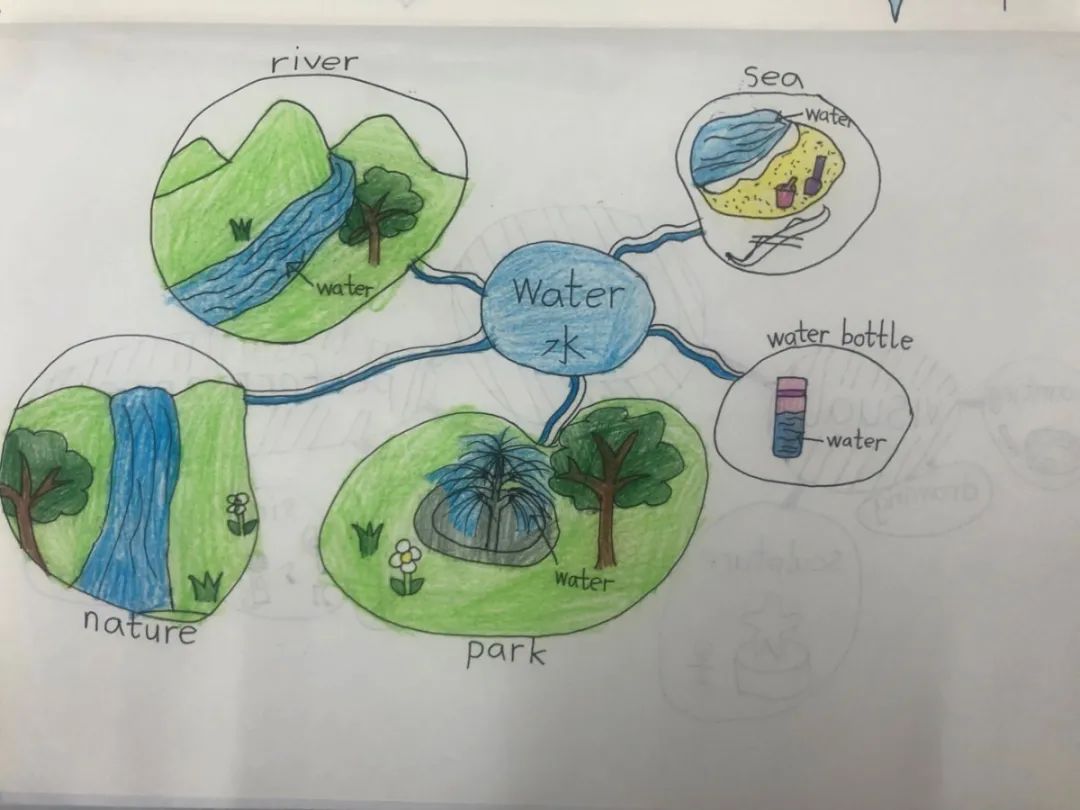
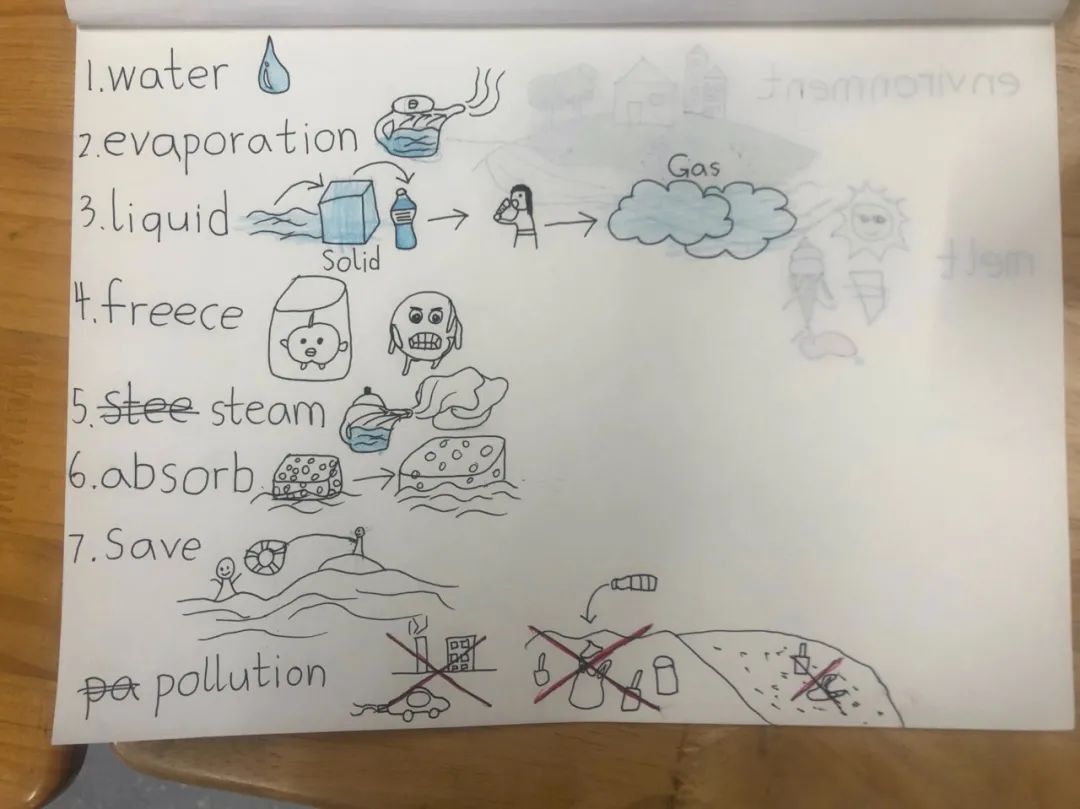

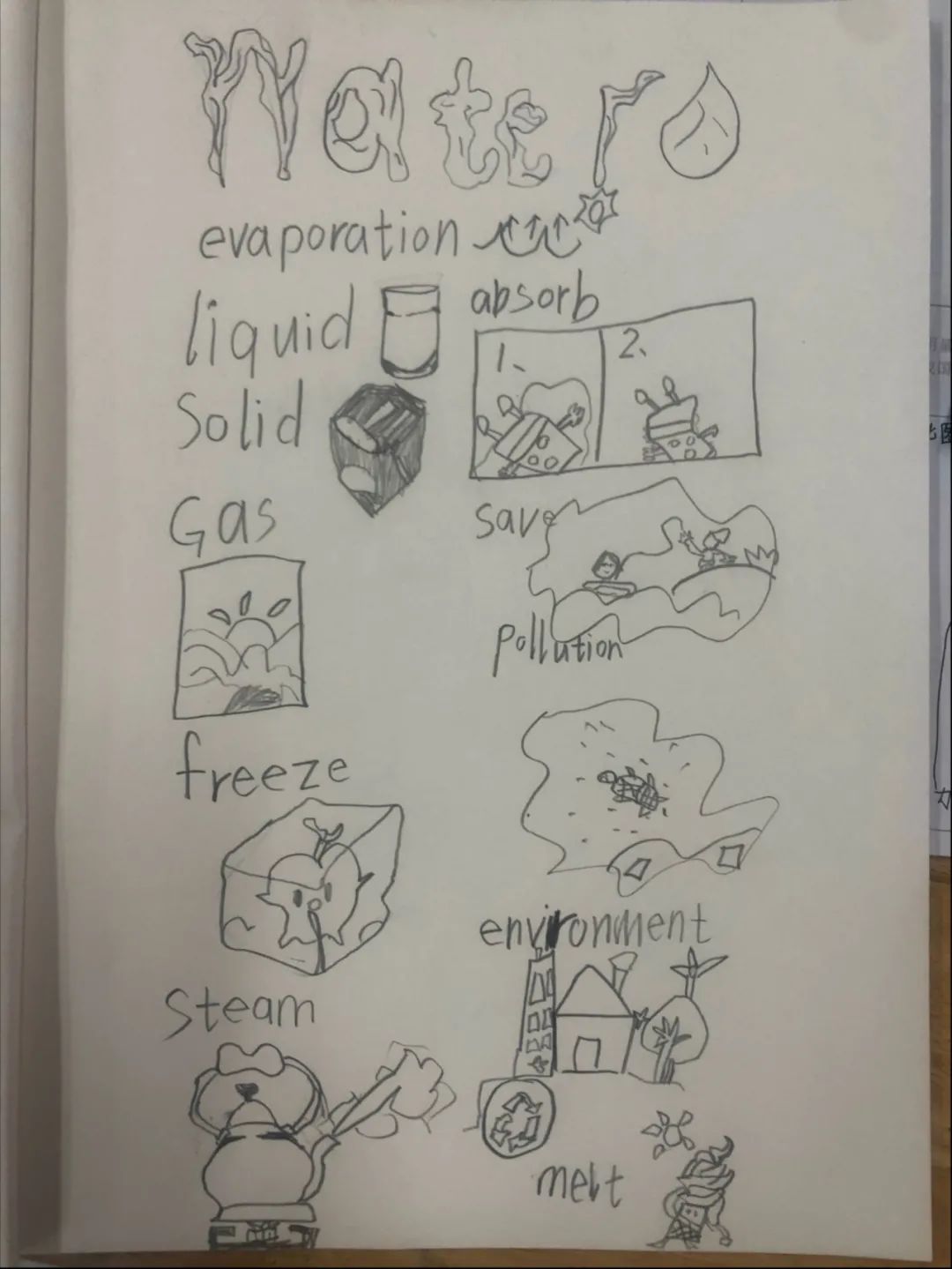

Grade 4 Mr Marc

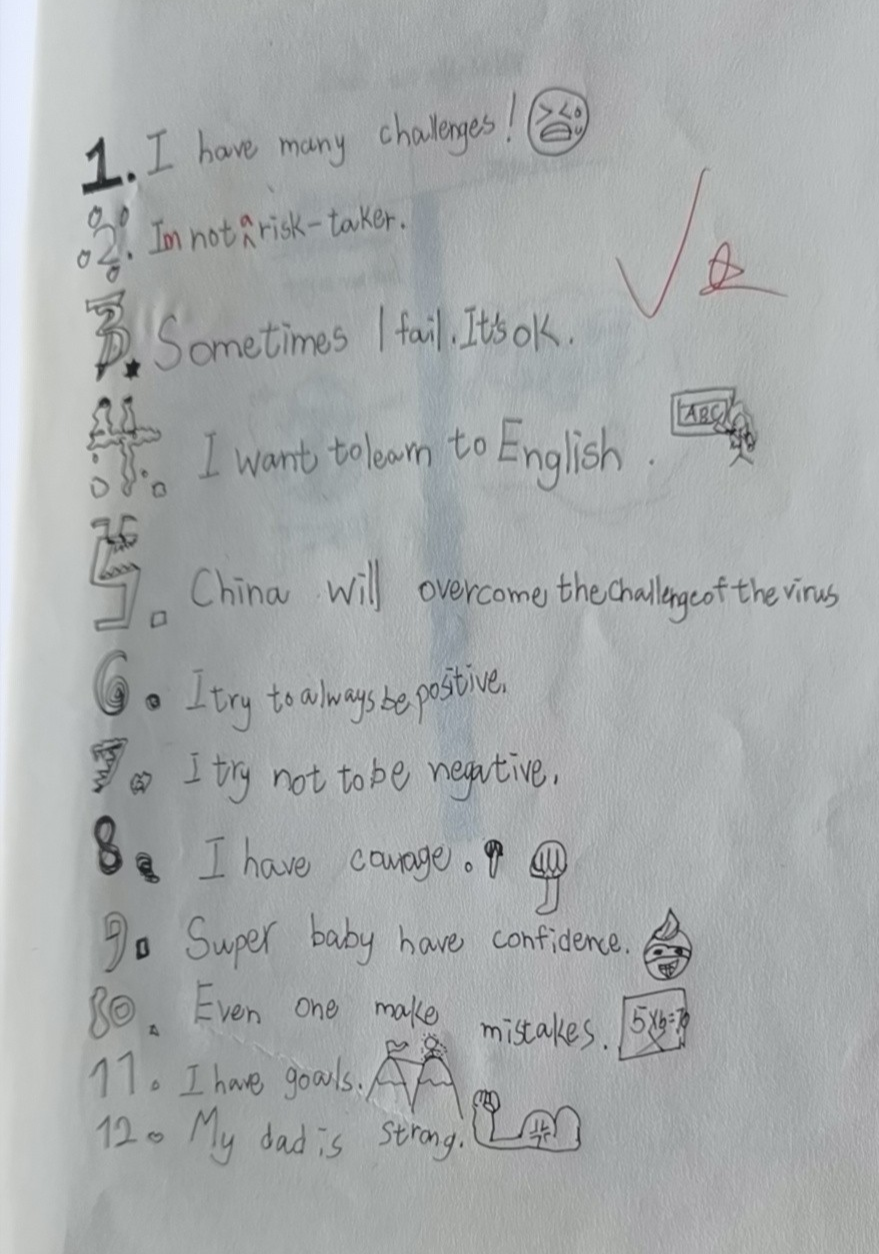

Grade 5 Miss GF


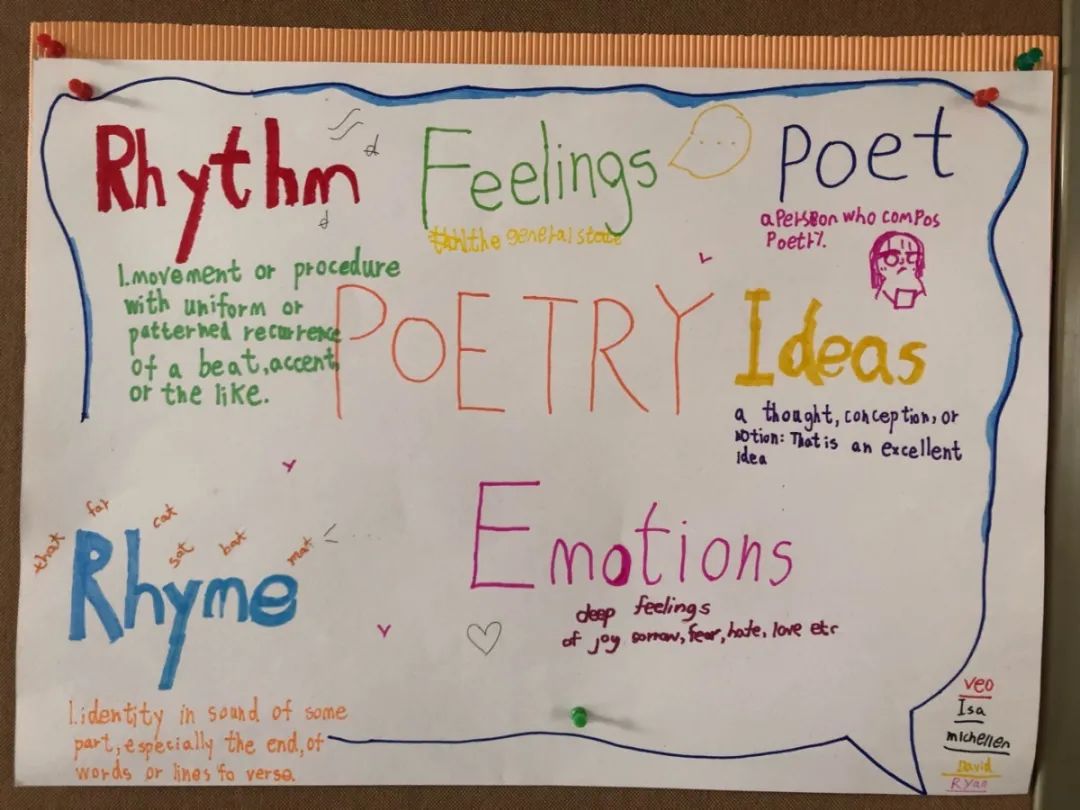
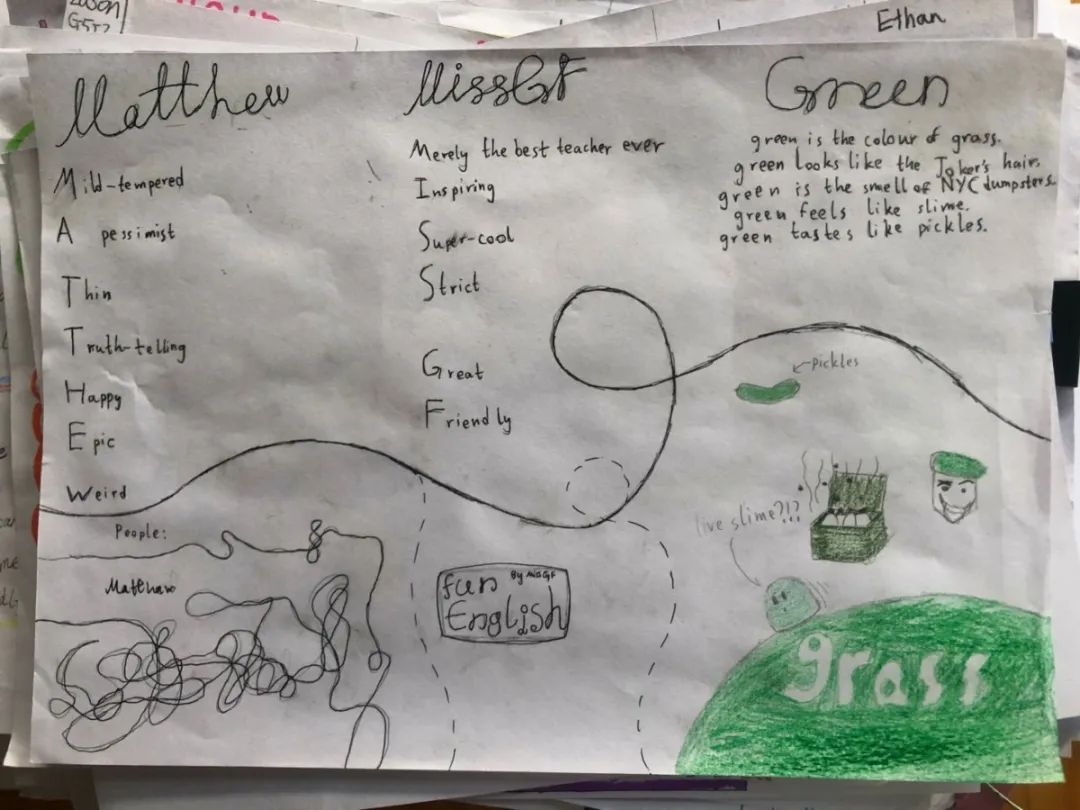

声明:本文由入驻国际教育网公众平台的作者撰写,观点仅代表作者本人,不代表国际教育网立场。如有侵权或其他问题,请联系举报。
 繁體
繁體

